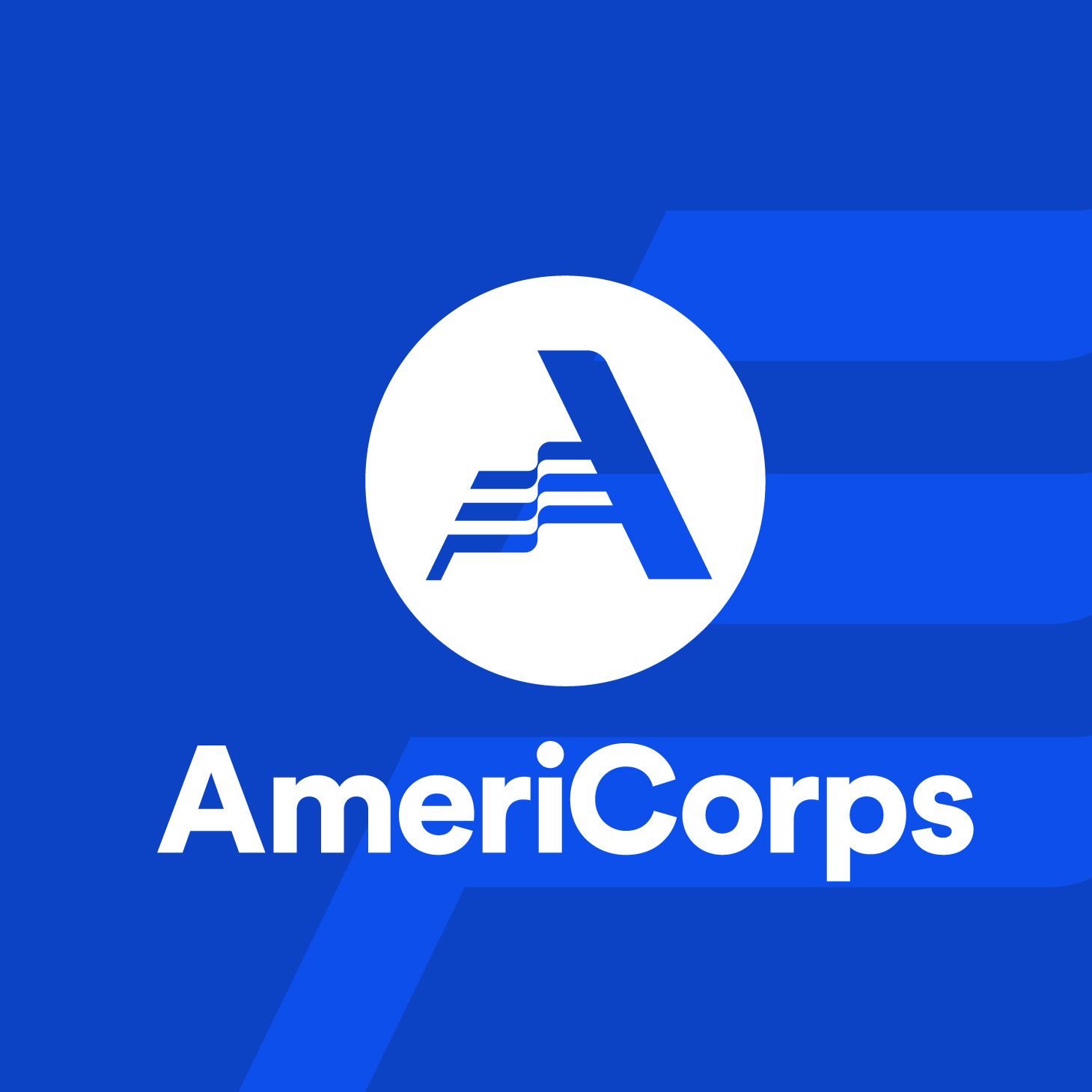
I got the opportunity to visit our Youth Conservation Corps leaders and crew members in Eureka, Montana! I co-led a YCC crew and learned about amphibian surveys with the wildlife program at the Rexford Ranger Station for the week. Here are some of the highlights:
On our first day, we learned about Columbia Spotted Frogs, Chorus Frogs, salamanders, snakes, turtles, and tadpoles. We would slowly and carefully walk the outer edge of the lake, watching for any sign of movement. Then, if we spotted a frog, salamander, or snake, we would quickly scoop it up in our net and place it in a bucket with a little bit of water. We especially kept our eyes peeled for Rubber Boas and Leopard Frogs because they’re quite rare!
Here are two of our finds: a Western Toad and a Painted Turtle! Turtles proved especially difficult to catch. They’ll bask in the sun on logs and rocks and as soon as you get within 10 feet of them they’ll silently slip into the water and swim out of reach.
YCC crew leader Hannah found a Common Garter Snake! Common Garter Snakes are non-venomous and usually pretty tolerant to gentle handling. Our crew loved getting to handle this little slithery friend!
We also found a Western Terrestrial Garter Snake. Our project partner taught us a neat trick to remember the two different garter snakes. The fancy looking garter snakes with red, yellow, and black stripes has a boring name, while the boring looking garter snake with a gray, black, and olive colored-pattern, gets the fancy name!
We found lots of salamander and Columbia Spotted Frog tadpoles. The frog tadpoles were super neat to look at up close. Some were developing little legs!
Another task of ours was to check duck boxes. These are man-made boxes made out of wood and used by wood ducks. The wood ducks lay and hatch their babies in the duck boxes. Once the fledglings are no longer using the nest, the forest service cleans the box, replenishes it with soft sawdust, and the box is ready for a new mother duck!
Lastly, we found a giant water bug! This bug gave our crew quite the scare – no one had seen a water bug that big before. He was probably around the size of my palm and those pinchers sure looked like they could do some damage.
Being in Eureka for the week was an awesome opportunity to work with the forest service and explore options for my career post my MCC experience. My goal for the rest of the summer is volunteer my free time with the wildlife program at the Rexford Ranger Station.

![[Image Description: Four MCC members wade across a river. In the background, there are hillsides covered in gold from the quaking aspens, and deep green pine trees.]](https://cdn.firespring.com/images/bc3da824-0c18-4b37-a2dd-27ae52872fd1.jpg)




